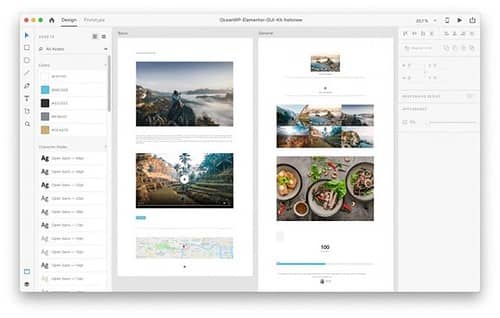How to Design UI/UX
The importance of designing a user-friendly interface (UI) and a seamless user experience (UX) cannot be overstated. A well-designed UI/UX can significantly impact user satisfaction, engagement, and retention. Here are some essential steps and considerations to guide you through the process of designing effective UI/UX.
1. Understand Your Users
The foundation of effective UI/UX design lies in understanding your target audience. Conducting user research is critical. This can involve surveys, interviews, and usability tests to gather insights into user needs, behaviors, and pain points. Building personas based on this data helps create designs that resonate with your users.
2. Establish Clear Objectives
Before diving into the design process, establish clear objectives for your UI/UX design. What are you trying to achieve? Whether it’s increasing user engagement, simplifying navigation, or boosting conversion rates, having specific goals will guide your design decisions.
3. Focus on Usability
Usability is a critical aspect of UI/UX design. Your interface should be intuitive and easy to navigate. Utilize design principles such as consistency, hierarchy, and clarity. Make sure that buttons, links, and other interactive elements are easy to identify and use.
4. Prioritize Accessibility
Creating an accessible UI/UX design ensures that all users, including those with disabilities, can access your content effectively. Follow the Web Content Accessibility Guidelines (WCAG) to enhance accessibility. This includes providing text alternatives for images, ensuring sufficient color contrast, and making sure the website is navigable via keyboard.
5. Design with Aesthetic Principles
While usability is crucial, aesthetic design shouldn’t be overlooked. A visually appealing interface can significantly enhance the user experience. Pay attention to color schemes, typography, whitespace, and imagery. However, ensure that aesthetic elements do not compromise functionality.
6. Utilize Prototyping and Testing
Before finalizing your design, create prototypes to visualize how it will function. Employ wireframes and interactive prototypes to gather feedback from users. Conduct usability testing to identify potential issues and areas for improvement. Iterate based on the feedback to refine your design.
7. Monitor and Iterate Post-Launch
Once your UI/UX design is live, the work doesn’t stop. Continuously monitor user interactions and feedback. Use analytics tools to track user behavior and identify areas for improvement. An iterative design approach will help you enhance user satisfaction over time.
Conclusion
Designing an effective UI/UX requires a serious commitment to understanding user needs, prioritizing usability, and continuously refining your design based on feedback. By following these guidelines, you can create a user-friendly interface that not only meets user expectations but also elevates their overall experience with your product. Remember, a successful UI/UX design can lead to increased engagement, higher conversion rates, and ultimately, greater success for your project.
For additional insights or support in your UI/UX design journey, feel free to reach out to us.














